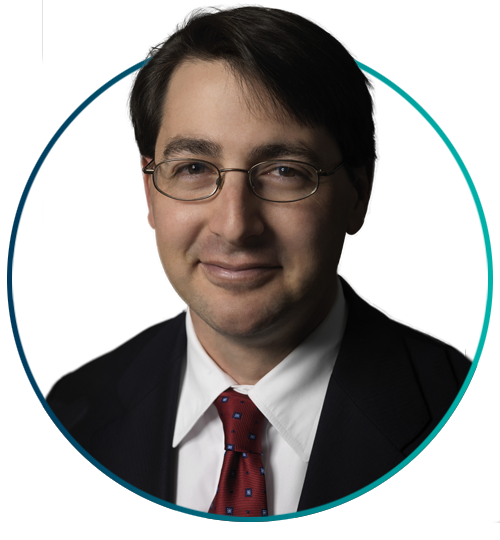The deadline for the move to T+1 settlement is May 28. Is your firm’s technology ready for the change?
Shifting from T+2 to T+1 represents a historic and seismic change in the way the U.S., and by default, most other markets will settle trades post-execution. Trades of securities and other assets worth trillions of dollars will be affected and most investment management firms will be impacted.
Moving from T+1 means that processes and technology support for settling equities, corporate bonds, ETFs, ADRs, swaps, options, and many others, must be transformed. We anticipate that about 80% of the activity that most hedge funds and asset managers perform on T+1 will have to be transferred to T+0 to meet the regulatory requirements.
The role that technology will play in helping stakeholders not only meet but also capitalize on the shift and accelerated timeframe to T+1 will be fundamental.
Hedge fund businesses and other asset managers must make sure their technology infrastructure is appropriately set up or risk significant operational uncertainty and reputational risk. For those that don’t get it right, the costs could be huge: Bloomberg Intelligence estimates the move could cost investors more than $30 billion annually.
Five areas to consider when positioning technology infrastructure
We believe the shift to T+1 settlement will serve as a major catalyst for technological innovation and that market participants will be compelled to adopt cutting-edge solutions for faster trade execution, real-time data processing, and securing digital identity verification.
The adoption of T+1 settlement requires a truly robust technological infrastructure capable of handling increased transaction volumes, minimizing latency, and ensuring data security. Reconciliation and exception management processes will need to be revamped to ensure they can effectively cope with the challenges posed by the accelerated settlement timeframe. This would likely involve a combination of technology upgrades, process optimization, enhanced automation, and a focus on real-time monitoring and resolution.
CSC sees five overarching areas where it will be important to use the right technology, and where hedge funds should position their technology infrastructure:
- Trade capture and execution systems—these need to be updated to reflect the shorter settlement cycle. The systems need to accurately capture trade details and transmit them downstream immediately.
- Post-trade processing systems—will be a means to streamline workflows, reduce manual intervention, and enhance exception handling capabilities. The emphasis should be on confirmation matching, trade affirmation, and reconciliation.
- Reference data and static systems—these need to be updated to reflect changes in settlement instructions, including securities information, counterparties, and market conventions.
- Risk management systems—these should be adjusted to account for the increased frequency of settlement and associated risks. Firms need to recalibrate risk models, conduct stress tests, and run margin calculations.
- Collateral management systems—these will require updates to support more frequent collateral movements and calculations. Managers should enhance automation, improve monitoring, and, where applicable, revise margin requirements.
The right partner can optimize the move to T+1
CSC can act as a partner of choice for funds to optimize the move to T+1 and embrace opportunities in the U.S. market in 2024.
We’re experienced in helping fund managers invest in robust and efficient trading and settlement systems that can handle increased workload and process trades in real-time. This includes advanced order management systems (OMS), execution management systems (EMS), and connections to clearinghouses, custodians, and exchanges.
Implementing robust trade processing and settlement systems with real-time visibility into cash positions and settlement obligations will empower fund managers to make informed decisions. Automation tools will facilitate quicker trade confirmation and settlement, reducing the time gap between execution and settlement.
How CSC can help
CSC’s experts have decades of experience working with some of the world’s largest and most complex fund managers, providing them with a truly global operational perspective.
In our recent “Preparing for T+1” webinar, we took a deep dive into the key operational issues around the shift to T+1, including insights into how to prioritize and improve certain functions. The webinar provides hedge fund professionals with comprehensive insights into the transition to T+1 settlement and offers strategies to not only effectively prepare for, but to improve middle and back-office operations. Watch the complete webinar here.
Or to read about tools, processes, strategies and scorecards to help fund managers achieve trusted, scalable reconciliation, learn more here.

